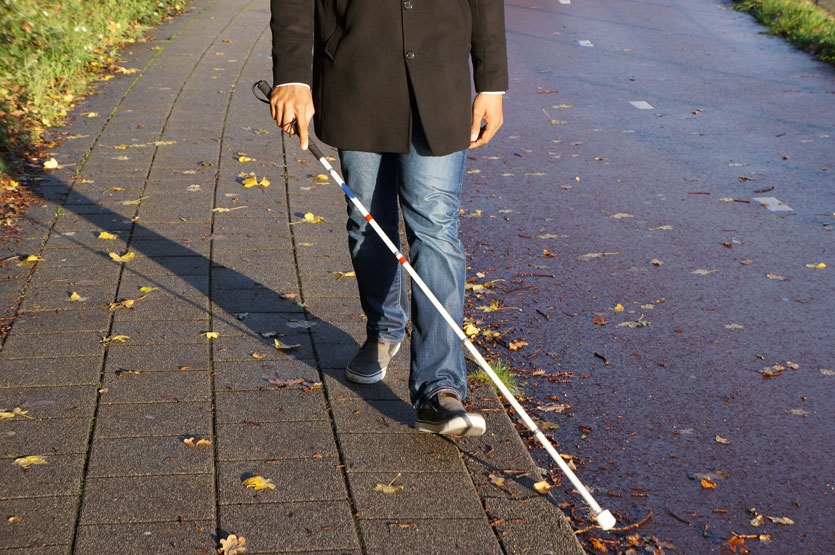Assistive technology has come a long way in improving the lives of people with visual impairments. In the UK, over 2 million people live with sight loss, making these advancements crucial. According to the RNIB, innovative tools and devices are now available that support greater independence and accessibility for those with visual impairments.
Some of the most exciting developments include AI-powered navigation tools and voice-activated technology, like RealSAM. These devices allow users to perform tasks like reading, identifying objects, and even navigating their surroundings using voice commands. For example, RealSAM can read mail, describe photos, or even help someone find their way, all through simple voice interactions.
In addition to AI, Braille technology has also evolved. Now, there are electronic Braille displays that sync with smartphones and computers, giving users real-time access to digital content. These devices convert text into Braille, allowing individuals to read messages, documents, and more directly from their devices.
Another area of innovation is in screen readers and magnification software. These tools have become more sophisticated, offering enhanced features that improve user experience. For instance, many screen readers can now provide detailed descriptions of images and graphics, making digital content more accessible to those with visual impairments.
Moreover, wearable technology is emerging as a game-changer. Smart glasses equipped with cameras and AI can assist users in navigating complex environments, identifying obstacles, and even reading text in real time. This technology enhances mobility and empowers individuals to engage more fully in their communities.
As assistive technology continues to evolve, the focus remains on enhancing independence and improving the quality of life for those with visual impairments. By integrating advanced features and user-friendly designs, these tools are paving the way for a more inclusive society.
For more information on the advancements in assistive technology, you can refer to the RNIB’s resources. Click here to check out the information available on the RNIB website.


